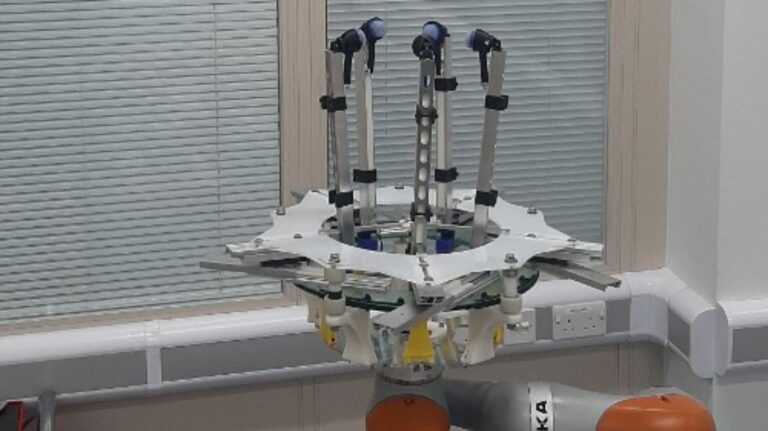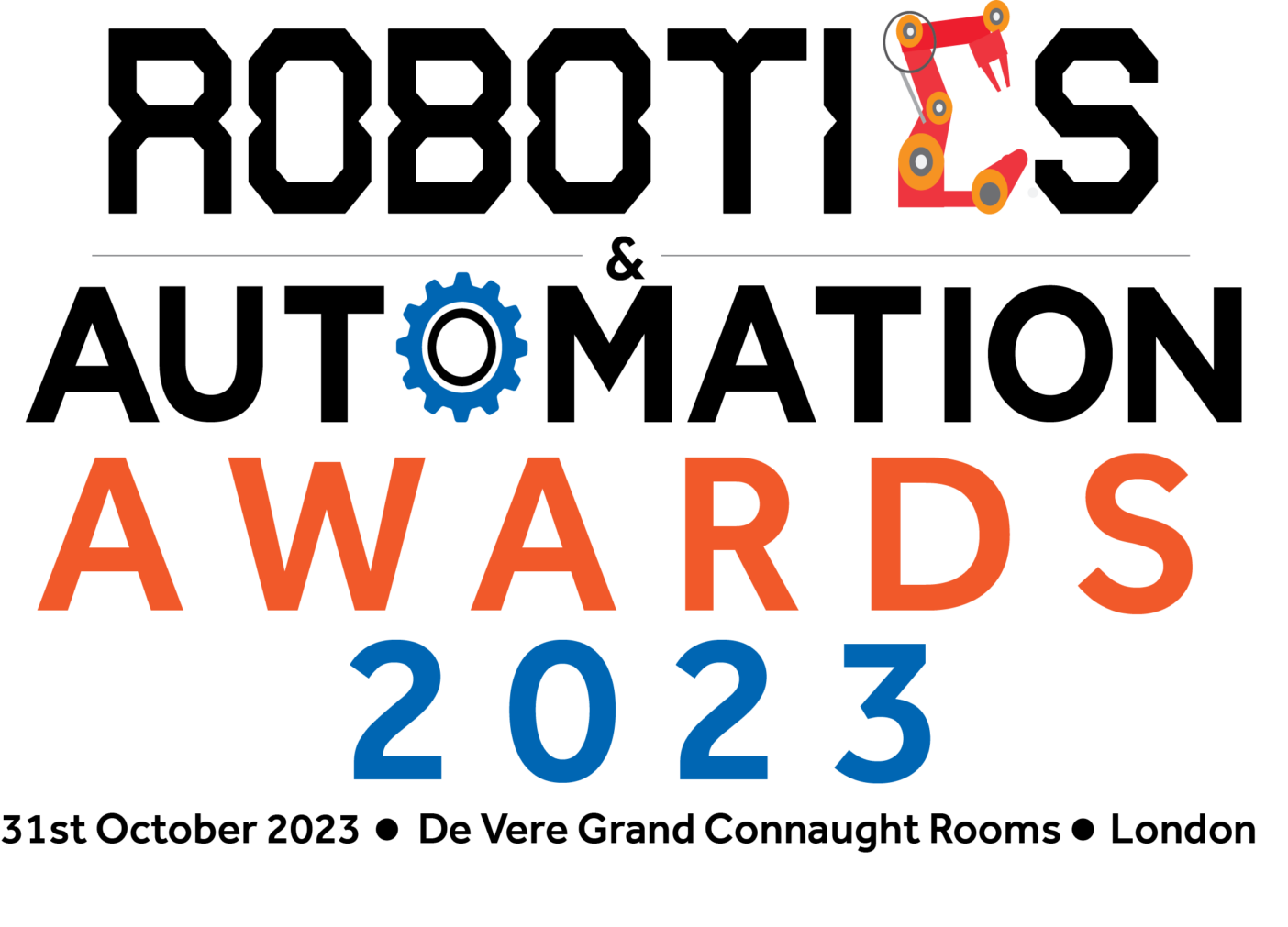A manipulator designed by researchers at the University of Bristol and based at the Bristol Robotics Laboratory has successfully applied similar specific forces to those used by human examiners for breast cancer.
This means the robot has the dexterity to detect lumps using sensor technology at larger depths than before, according to the team.
As a result, breast examinations could potentially give patients access to safe electronic clinical breast examinations (CBEs) in accessible locations.
Precision, repeatability and accuracy are a key factor in performing successful tactile medical examinations and so far range of automatic and semi-automatic devices have been proposed to aid with optimising this task.
The research team was supervised by Dr Antonia Tzemanaki from Bristol Robotics Laboratory.
George Jenkinson, lead author, said: “There have been a few attempts in the past to use technology to improve the standard to which healthcare professionals can perform a CBE by having a robot or electronic device physically palpate breast tissue. But the last decade or so of technological advances in manipulation and sensor technology mean that we are now in a better position to do this.
“The first question that we want to answer as part of this is whether a specialised manipulator can be demonstrated to have the dexterity necessary to palpate a realistic breast size and shape.”
The manipulator was 3D-printed, with simulated experiments being conducted on a silicone breast and its digital twin.
This allowed the team to perform thousands of palpations and hypothetical scenarios, such as calculating the difference in efficiency when using two, three or four sensors at the same time.
Experiments on the silicone breast in the lab were then used to demonstrate the simulations were accurate.
“One advantage that some doctors have mentioned anecdotally is that this could provide a low-risk way to objectively record health data,” Jenkinson added.
“This could be used, for example, to compare successive examinations more easily, or as part of the information packet sent to a specialist if a patient is referred for further examination.”
Now, the team hope that CBE techniques learned from professionals with artificial intelligence can be used to fully equip the manipulator with sensors to determine the effectiveness of the whole system at identifying potential cancer risks.
The ultimate goal is that the device will succeed human-led examinations in terms of both efficiency and accuracy.
This research falls under project ARTEMIS, which is funded by Cancer Research UK and supported by EPSRC.
The first-ever Robotics & Automation Awards will recognise excellence in the research and development of new robotics systems through the R&D Innovation category. Interested in attending this unmissable event for the robotics and automation sectors? Book your table now!






